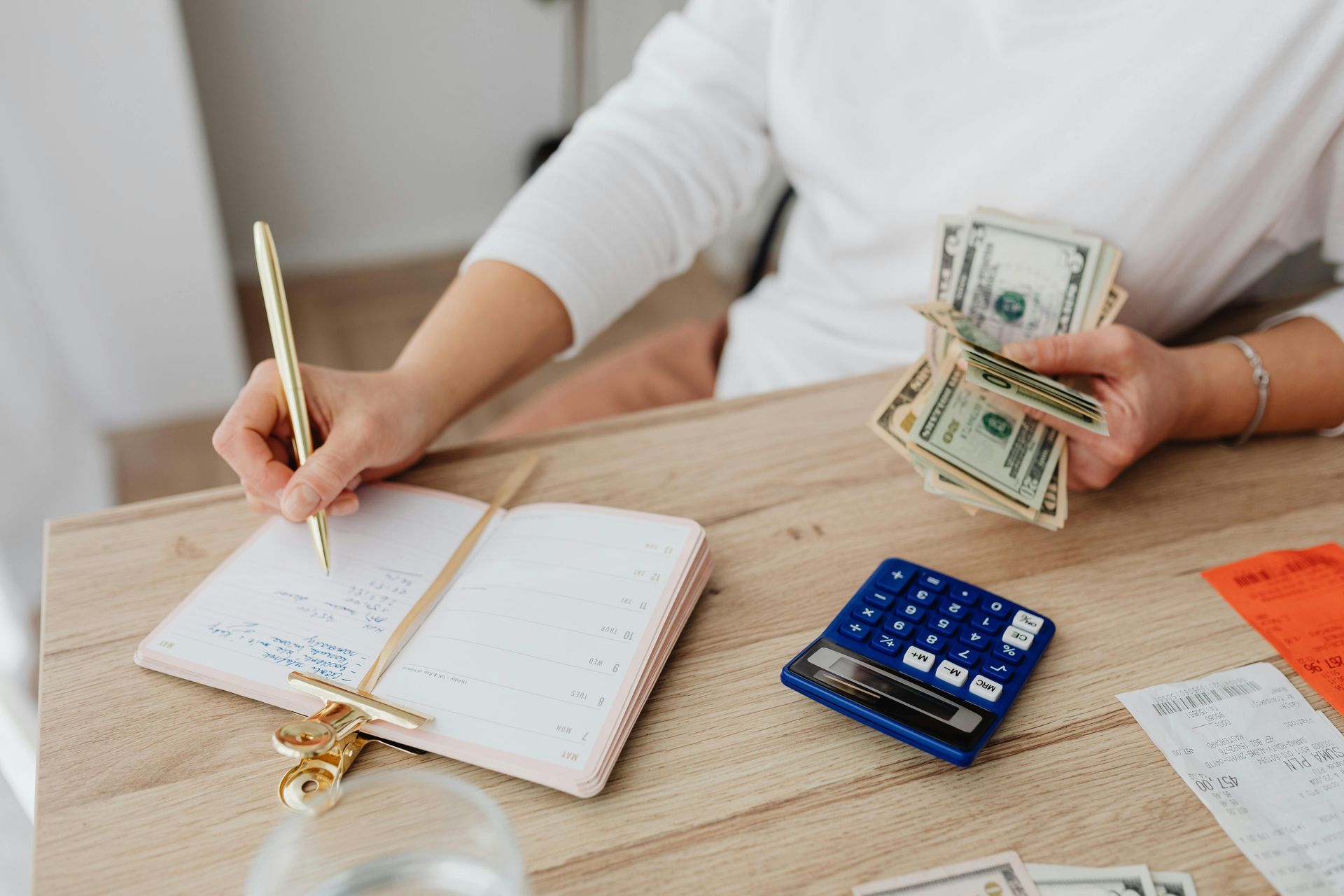CORPORATE AMERICA EXPERIENCES K-SHAPED RECOVERY AS LARGEST BUSINESSES GET BIGGER
Elizabeth Aldrich via Business Insider
During a recession, the talk of economic recovery in shapes named after letters is one way for economists to forecast the financial future.
When you hear these shapes — U, V, and W, for example — analysts are talking about how the recovery period may look if plotted onto a graph that tracks the overall state of the economy. For decades, these letter-shape descriptors have been used to explain different kinds of recoveries, but recently, a new symbol has entered the lexicon: the K-shaped recovery.
When compared to other recovery shapes, the K-shaped recovery poses a troubling, divergent economic future, one where the economy rebounds unevenly, and where the wealthy benefit while just about everyone else gets left behind.
What does a K-shape recovery tell us about the US economic system? And what implications might this type of recovery have for income and wealth inequality? Here's what you need to know about K-shaped recoveries.
What is a K-shaped recession?
A K-shaped recovery is a post-recession scenario in which one segment of the economy begins to climb back upward while another segment continues to suffer. If illustrated, the economic growth would roughly resemble the two diverging diagonal lines of the letter "K" — hence the name.
This is quite unusual. Traditionally, when the economy dips, it's felt throughout every industry and demographic, and vice-versa when the economy eventually recovers. Of course, the impact is often greater on some than on others. But overall, nations and people all experience economic or business cycle changes as one entity.
Why the divergence in reaction with the K-shaped recovery? The theory is that it stems from pre-existing social and economic divides that are then exacerbated by a recession or other economic catastrophe. The economy is essentially split in two. The divisions can occur along social class, racial, geographic, generational, or industry lines — or a combination thereof.
What's particularly concerning about a K-shaped recovery is the way it splinters the economy, continually widening the gap between those who are doing well and those who are not. In the end, a K-shaped recovery makes any existing problems of economic inequality much worse.
Have we ever had a K-shaped recession?
While talk of V-shaped, U-shaped, and W-shaped recoveries has been around for decades, the concept of a K-shaped recovery first emerged in 2020 during the COVID-19 pandemic.
While the US has certainly seen recessions in which different segments of the economy recovered at different rates, it's the unique nature of this pandemic-induced recession that's prompted the creation of the term "K-shaped recession." This isn't surprising, considering the COVID-19 recession has been deemed the most unequal recession in modern US history.
The K-shaped recovery as a result of COVID-19
The COVID-19 pandemic has created a clear rift in the economy, so it makes sense that the K-shaped theory is gaining ground. There are multiple ways to characterize this divide — between those who lost work and those who didn't, between "Main Street" and "Wall Street," between those who work in industries that are still thriving and those who work in industries that are unable to operate.
According to a September 2020 article published by the US Chamber of Commerce President Suzanne Clark, one major divide is occurring along industry lines. There are "recovery industries" that are nearly back to business as usual, such as technology, some retail, and software services. Then, there are "industries needing assistance" that still haven't recovered and perhaps never will — travel, entertainment, hospitality, and food services.
Reports from the Pew Research Center also suggest significant divisions along class, generational, and racial lines. Low-income families, young adults, and Black and Hispanic Americans were hit hardest by the pandemic and are largely still struggling to recover.
There's also a rift between higher-paid and/or salaried employees who can work from home and minimum-wage or hourly workers who must be physically present to do their jobs.
K-shaped recovery vs. other recovery types
As mentioned, the K-shaped recovery is the latest addition to a roster of recovery classifications that economists identify by letter.
- V-shaped recovery: A sharp decline followed by a rapid recovery, with very little time spent at the trough, or low point, of the recession.
- U-shaped recovery: A steep decline followed by a period of time in which the economy sits at the low point of the recession before finally recovering.
- W-shaped recovery: Also known as a double-dip recession, this is a scenario when the economy experiences a steep decline, followed by a small and temporary recovery and then a second decline.
- L-shaped recovery: A severe recession in which the economy declines and doesn't recover for years, if ever.
The financial takeaway
A K-shaped recovery occurs after a recession when certain parts of the economy resumes growth while others lag behind indefinitely, and it's a type of recovery that rose to prominence during the COVID-19 pandemic.
At the start of the COVID-19 pandemic, the richest 1% of Americans already owned 30% of the country's wealth, while the bottom 50% of Americans held less than 2%. While investors and equity-owners were experiencing great gains, those living on their paychecks found that wages were barely keeping up with the cost of living.
The K-shaped recovery didn't cause these inequalities, but it does expose them. And these trends, and the resulting disparity, are likely to become even more concentrated if it continues.
The problem is what to do about it. Often the Federal Reserve and other government entities take action to alleviate financial crises and spur economic growth. But if certain indicators, like a booming stock market, suggest everything is on the up-and-up, it may be easier for lawmakers to become complacent and neglect the segment of the population that continues to struggle with low employment or low wages.
Which can make it hard to call a K-shaped recovery a recovery at all.
Latest News



DO YOU WANT TO BUY OR SELL A PROPERTY?
Have a property that needs to be sold? Or do you need to buy a property? Send us a message or call us and we’ll be in touch as soon as possible.



Navigation
Navigation
Location
11812 San Vicente Blvd #100
Los Angeles, CA 90049
PROPERTY ORGANIZER
Each office is independently owned and operated. DRE# 01499010
Copyright © 2025 The Cunningham Group.
All Rights Reserved. Privacy Policy
Copyright © 2025 The Cunningham Group. All Rights Reserved. Privacy Policy



